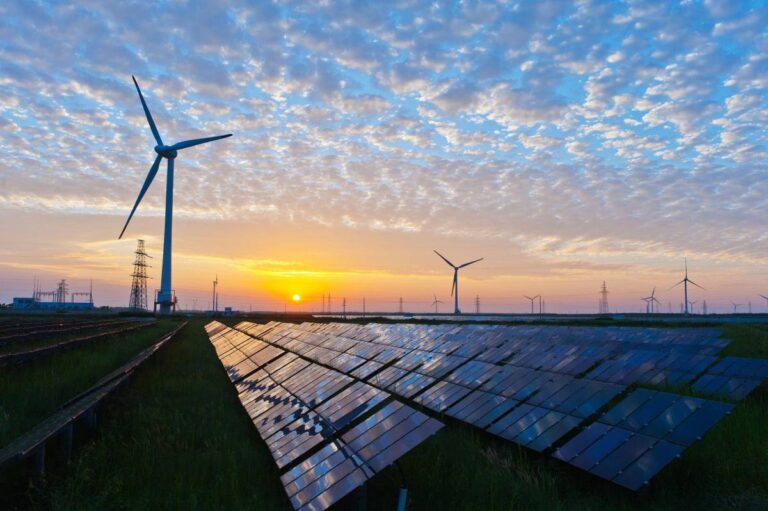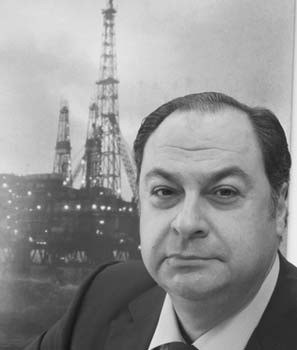QatarEnergy, Pavilion Energy, Chevron launch GHG reporting methodology for delivered LNG cargoes

Doha: QatarEnergy, Pavilion Energy Trading & Supply Pte. Ltd.1 (Pavilion Energy), and Chevron U.S.A. Inc (Singapore branch) (Chevron) yesterday announced they have jointly published a quantification and reporting methodology to produce a statement of greenhouse gas emissions (SGE) for delivered LNG cargoes.
This is the first such published methodology that will be applied to sales and purchase agreements (SPAs), specifically the executed SPAs by Pavilion Energy with QatarEnergy and Chevron. Intended for wide adoption, the methodology provides a calculation and reporting framework for greenhouse gas (GHG) emissions from wellhead-to-discharge terminal, based on industry standards.
The SGE Methodology was developed by a team of technical specialists representing Pavilion Energy, QatarEnergy and Chevron, supported by global sustainability consultancy Environmental Resources Management (ERM). It aims to create a common standard for the measurement, reporting and verification of GHG emissions associated with producing and delivering an LNG cargo to drive greater transparency and enable stronger action on GHG reduction measures.
Independent academic experts, commercial institutions and verification bodies have reviewed the SGE methodology. It complements key industry efforts being developed in parallel, specifically the Monitoring, Reporting and Verification (MRV) and GHG Neutral Framework by the International Group of LNG Importers (GIIGNL).
“We share a common and decisive vision with QatarEnergy and Chevron to advocate for transparency and accuracy of GHG emissions associated with delivered LNG cargoes,” said Alan Heng, Interim Group CEO of Pavilion Energy, “The SGE Methodology sets a strong tone for increased accountability of emissions along the LNG value chain, paving the way for more decarbonisation strategies towards a lower carbon future.”
Ahmad Saeed Al-Amoodi, QatarEnergy’s Executive Vice President of Surface Development and Sustainability, said: “This joint effort to develop a greenhouse gas quantification and reporting methodology is part of a series of projects and initiatives that reflect QatarEnergy’s commitment to reduce GHG emissions and to de-carbonize the LNG value chain. We are proud to join hands with our partners Pavilion Energy and Chevron in this landmark project.”
“We jointly developed this LNG carbon-footprinting methodology for delivered cargoes to help advance a standard for GHG product-level accounting,” said Bruce Niemeyer, Chevron’s vice president of strategy and sustainability. “This methodology is expected to enhance transparency, improve accuracy and build stakeholder confidence in data reliability to help advance net zero ambitions.”








